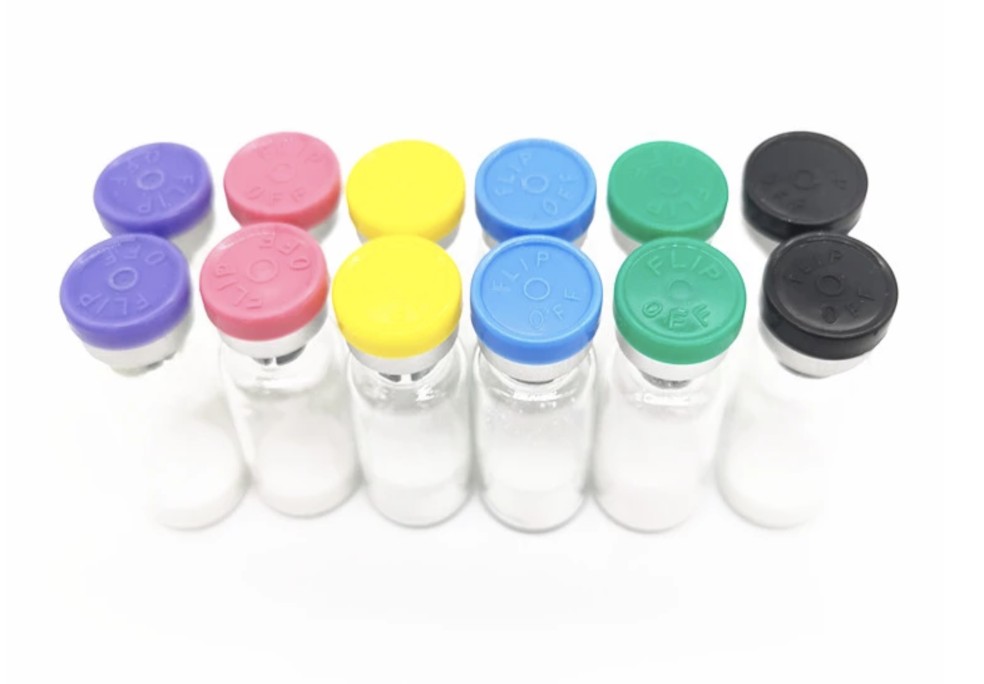Name:Oxytocin Acetate
Cas No: 50-56-6(net), 6233-83-6(acetate)
Formula: C43H66N12O12S2
Molecular:1007
Sequence: CYIQNCPLG
Purity:98%
Appearance: white powder
Source: synthetic
Oxytocin is a hormone produced by the hypothalamus and secreted by the pituitary gland. This important
hormone plays a crucial role in the childbirth process.
In women, oxytocin is responsible for signaling contractions of the womb during labor. The hormone stimulates
the uterine muscles to contract, so labor begins. It also increases the production of prostaglandins, which move
labor along and increases the contractions even more.
For men, oxytocin function is less important, but it does have a role to play in moving sperm. It also appears to
affect the production of testosterone in the testes.
Studies of oxytocin also have found that it is an important chemical messenger that controls some human behaviors
and social interaction. It is oxytocin that triggers the bond between a mother and an infant, and it may also play a role
in recognition, sexual arousal, trust, and anxiety. Some research shows that the hormone may affect addiction and stress as well.
1. It acts on the smooth muscle of the uterus and causes the uterus to contract. Applicable to birth and labor pains. The effect was the same as that of oxytocin. For pelvic stenosis, the history of uterine surgery (including cesarean section), hyperactive labor, obstruction of birth canal, placental abruption, and severe pregnancy poisoning.
2. In women, oxytocin is responsible for signaling contractions of the womb during labor. The hormone stimulates the uterine muscles to contract, so labor begins. It also increases the production of prostaglandins, which move labor along and increases the contractions even more.
3. Studies of oxytocin also have found that it is an important chemical messenger that controls some human behaviors and social interaction. It is oxytocin that triggers the bond between a mother and an infant, and it may also play a role in recognition, sexual arousal, trust, and anxiety.
4. Enlarge the production of testo-ster-one in the testes.
| Test Items |
Specification |
Test Results |
| Description |
White or almost white crystalline powder |
White crystalline powder |
| Melting Point |
191.0~193.0ºC |
192ºC |
| Loss of drying |
≤1.0% |
0.5% |
| Heavy Metal |
≤20ppm |
15ppm |
| TLC |
Only one spot |
Only one spot |
| Assay |
≥99.5% |
99.91% |
| Conclusion |
It complies with the USP 32. |






















